
Safer, Faster
and Profitable AI
Trusted Connectivity for AI Operations
From the Driving Force Behind Envoy

Trusted Connectivity for AI Operations
From the Driving Force Behind Envoy

Tetrate announces a major expansion to the FINOS AI Governance Framework, introducing comprehensive guidance for agentic AI architectures with new reference architecture and six additional risk and mitigation pairs.
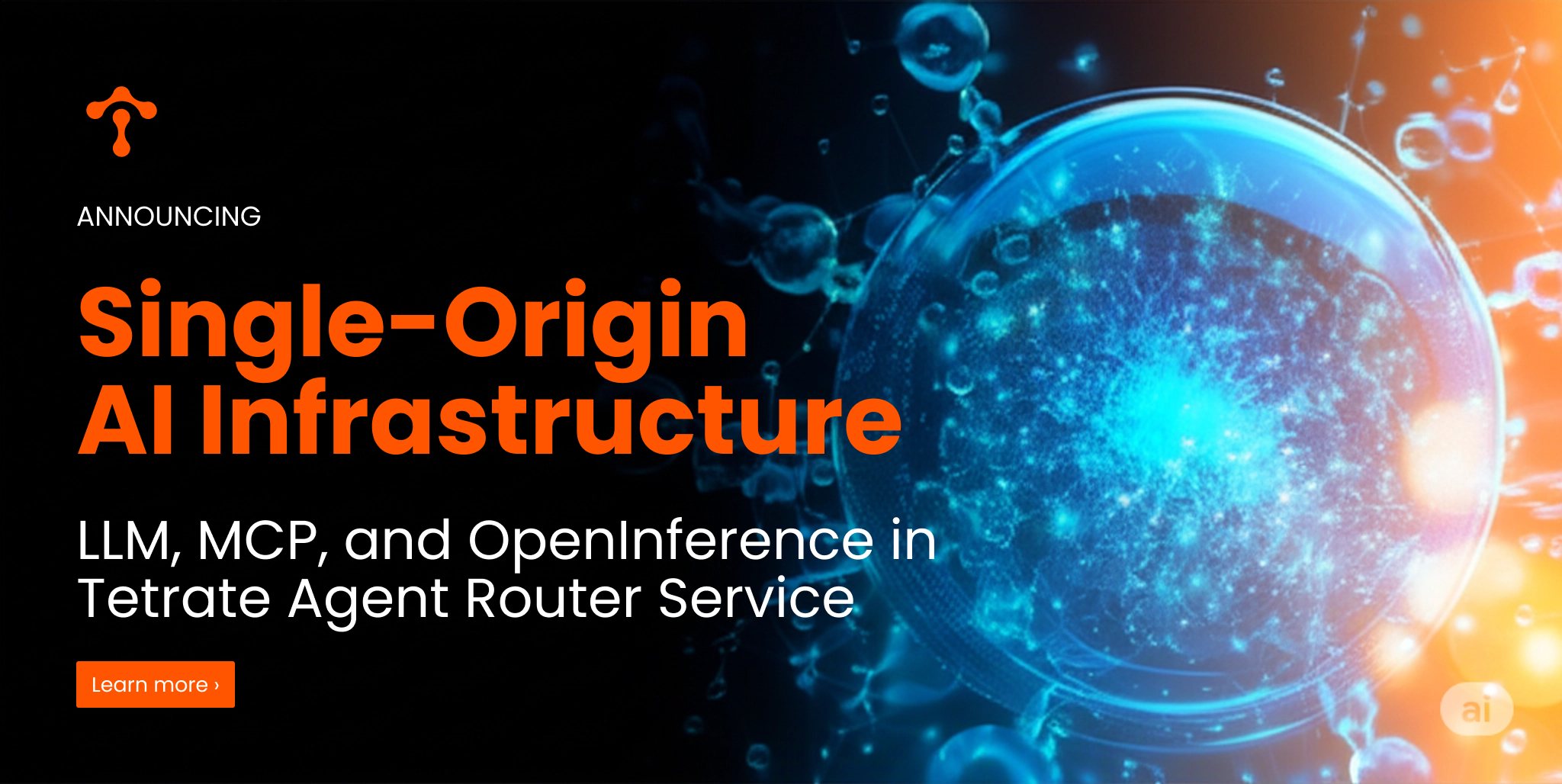
Tetrate Agent Router Service introduces comprehensive MCP support with an integrated catalog of verified first-party servers, profile-based configuration, and seamless AI observability with OpenInference.
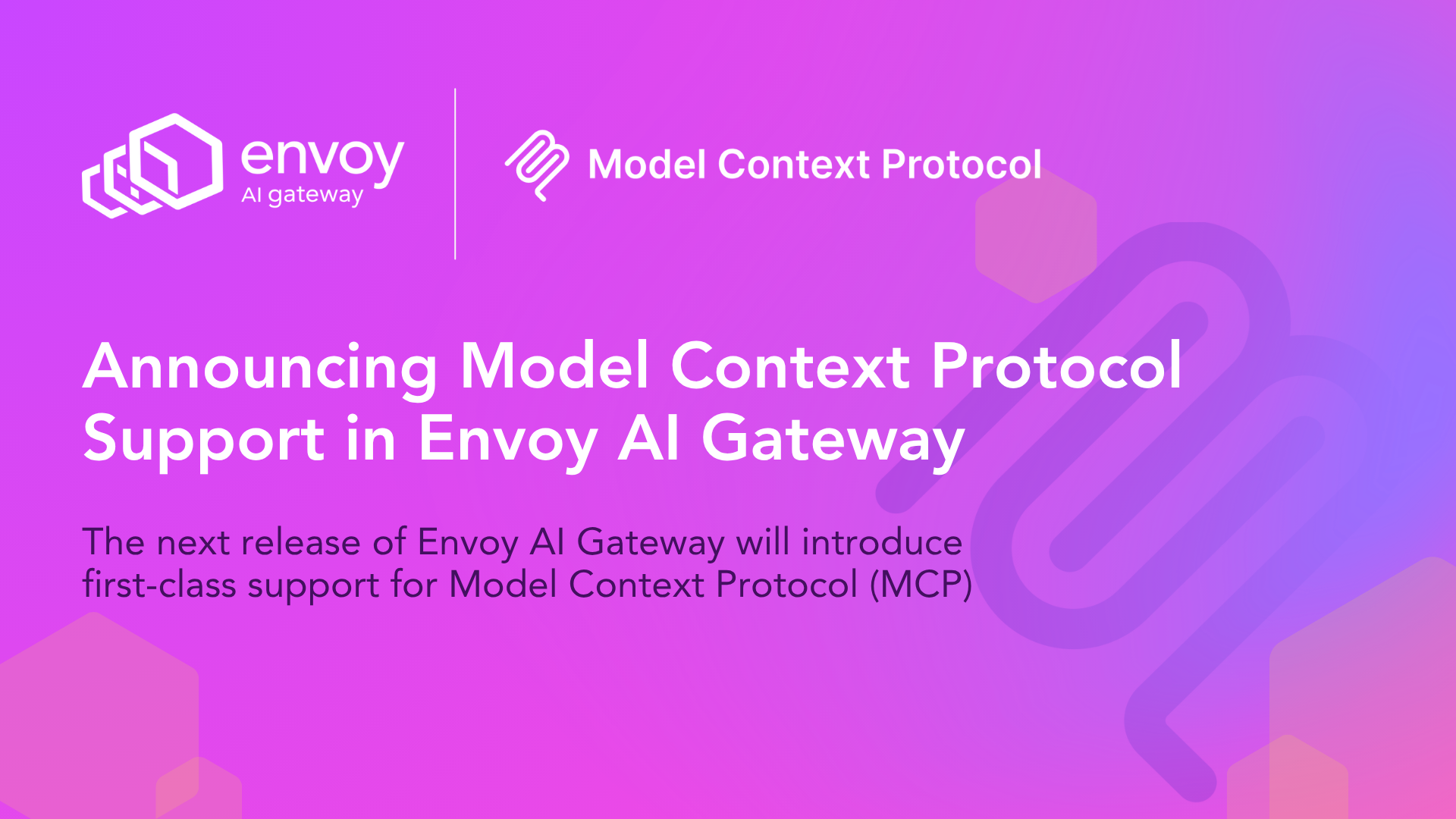
Envoy AI Gateway now supports Model Context Protocol (MCP), enabling seamless interoperability between AI agents, tools, and context providers with secure authentication, tool routing, and policy-driven access.
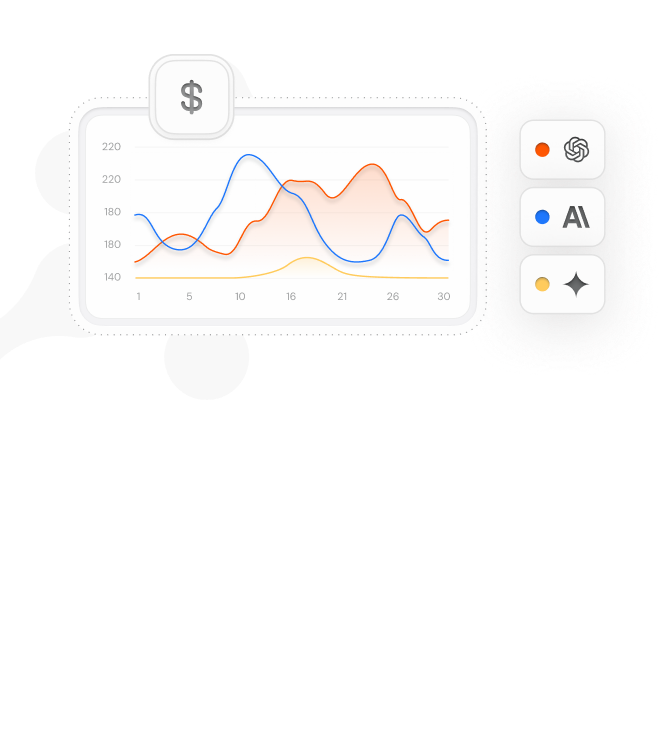
Get full visibility into costs, find savings, and automatically use the most efficient model for any task.
Learn more
Proactively identify and remediate risks aligned to NIST, FINOS, OWASP standards.
Learn more
Unified API that simplifies development, eliminates provider lock-in, and intelligently balances traffic to test model responses and ensure zero downtime.
Learn more


